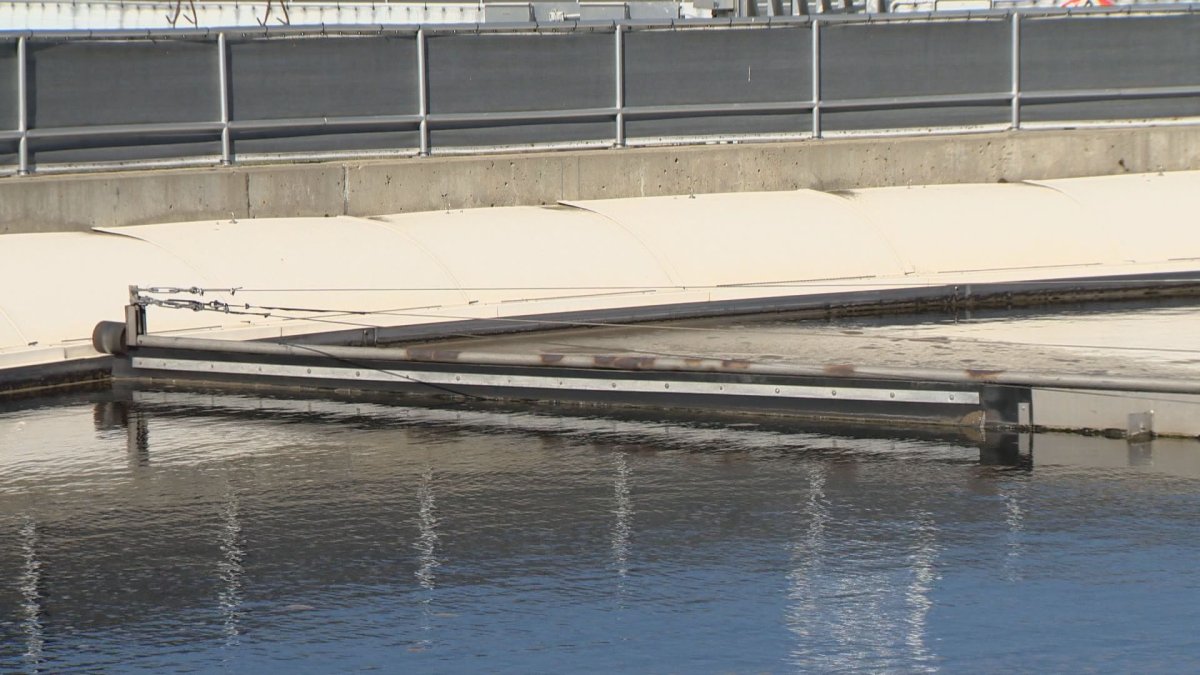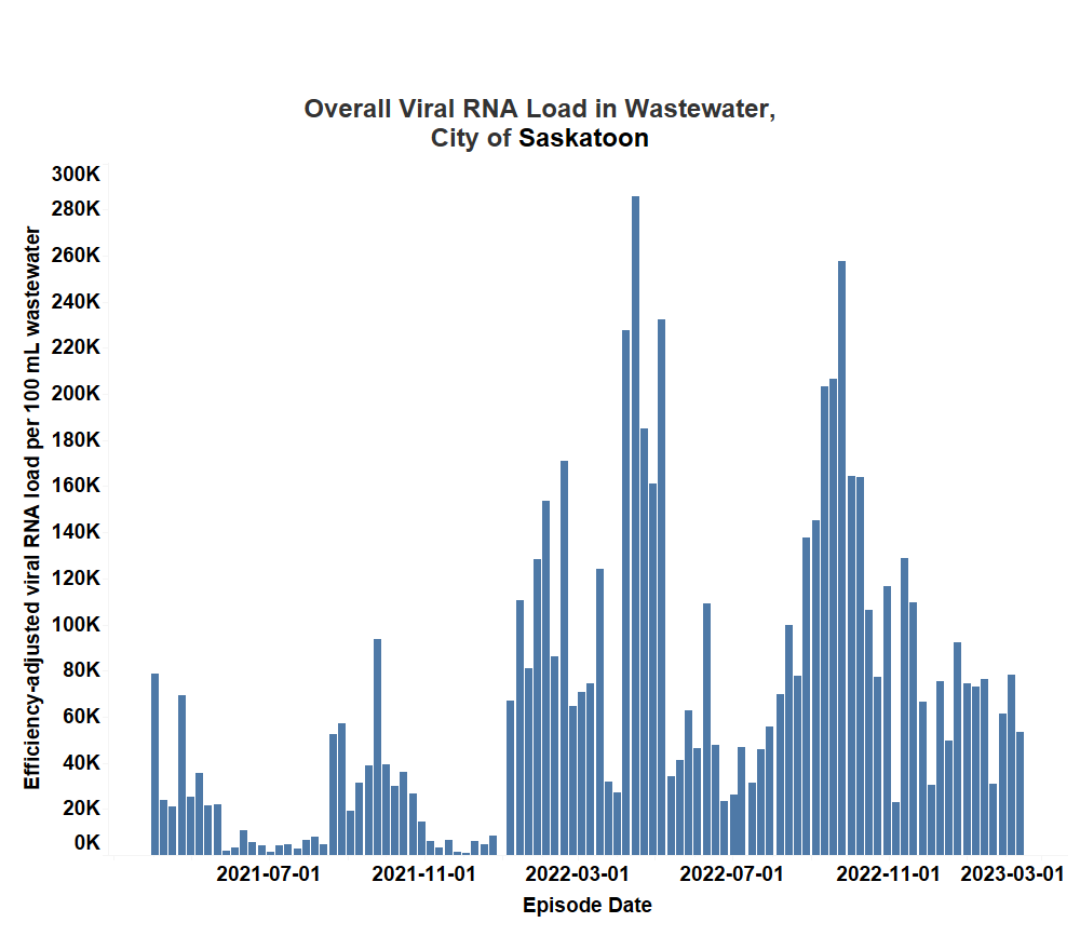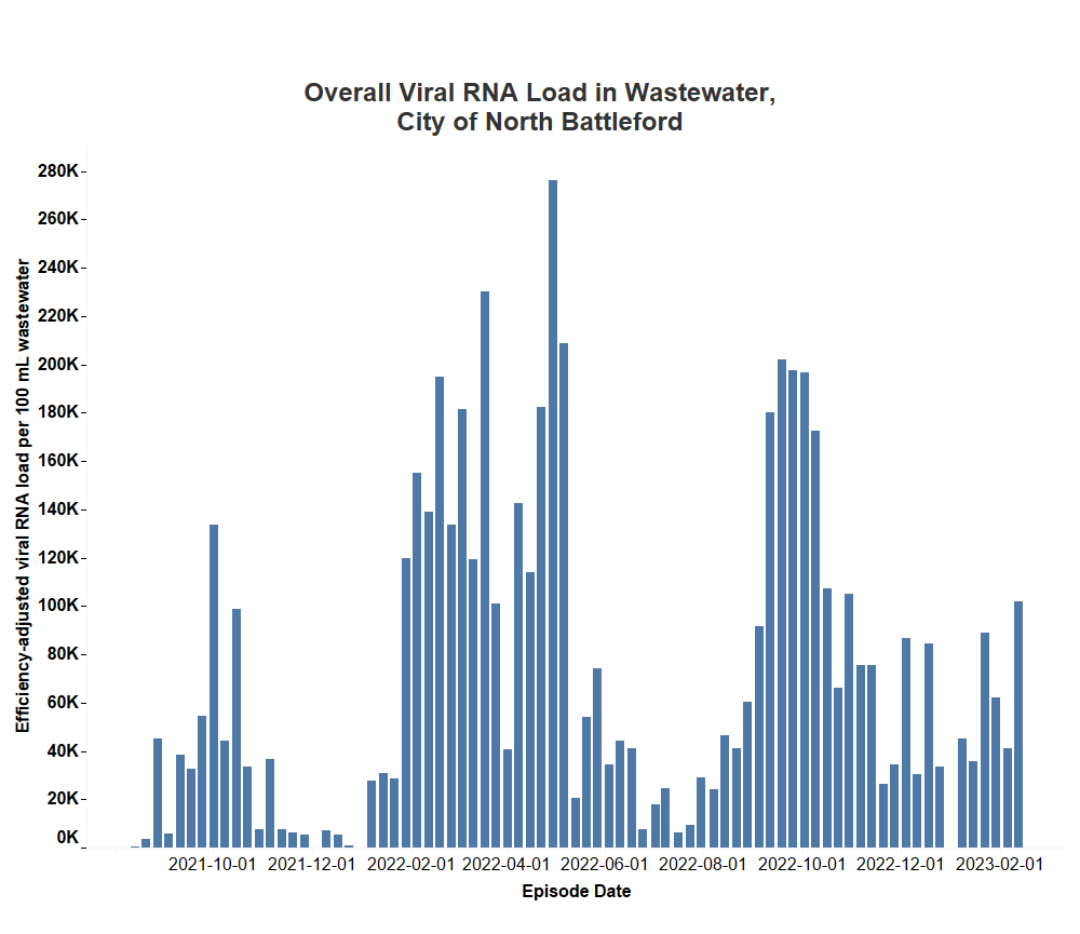

The viral RNA load in Saskatoon’s wastewater has decreased by 31. 9 per cent as of Feb. 8, 2023. This week’s 54,000 gene copies/100 mL viral load is the 47th highest viral load observed during the pandemic in Saskatoon.
“This level of the viral RNA load indicates that SARS-CoV-2 infection in Saskatoon needs continuous monitoring,” the report read.
In Prince Albert, levels decreased by 72.4 per cent in the period leading up to Feb. 5, 2023. The viral load of 40,000 gene copies/100 mL measured this week is the “fifty-five highest value observed during the pandemic in Prince Albert,” the report said.

Get weekly health news
According to the report, the concentration of viral particles is considered “low” because it is lower than 50,000 gene copies /100 mL and is considered as the low level in Prince Albert.
“This week’s viral RNA load indicates that the SARS-CoV-2 infections in Prince Albert are reducing,” the report read.
The viral RNA load in North Battleford’s wastewater has increased by 146.7 per cent up to February 5, 2023. According to the report, the viral load of 110,0000 gene copies/100 mL measured this week is considered high level in North Battleford.
“This concentration is the twenty-two-highest value observed during the pandemic in North Battleford,” the report read. “This week’s viral RNA load indicates that the SARS-CoV-2 infection in North Battleford is increasing.”
The wastewater-based epidemiology monitors for SARS-CoV-2 by the University of Saskatchewan (USask) and Global Water Futures researchers in Saskatoon, Prince Albert, and North Battleford. This reporting provides an early warning of infection outbreaks.







Comments